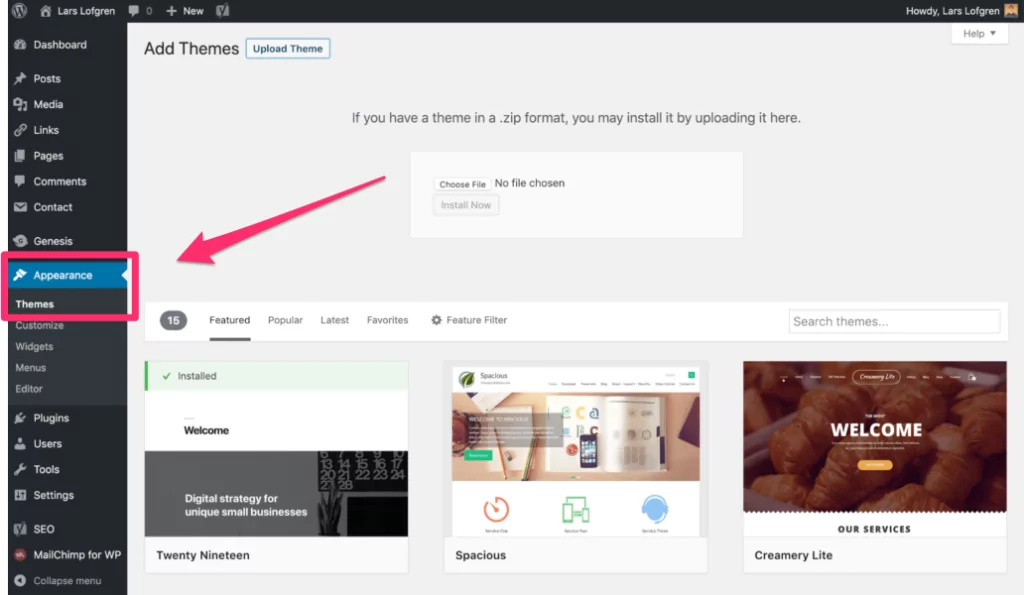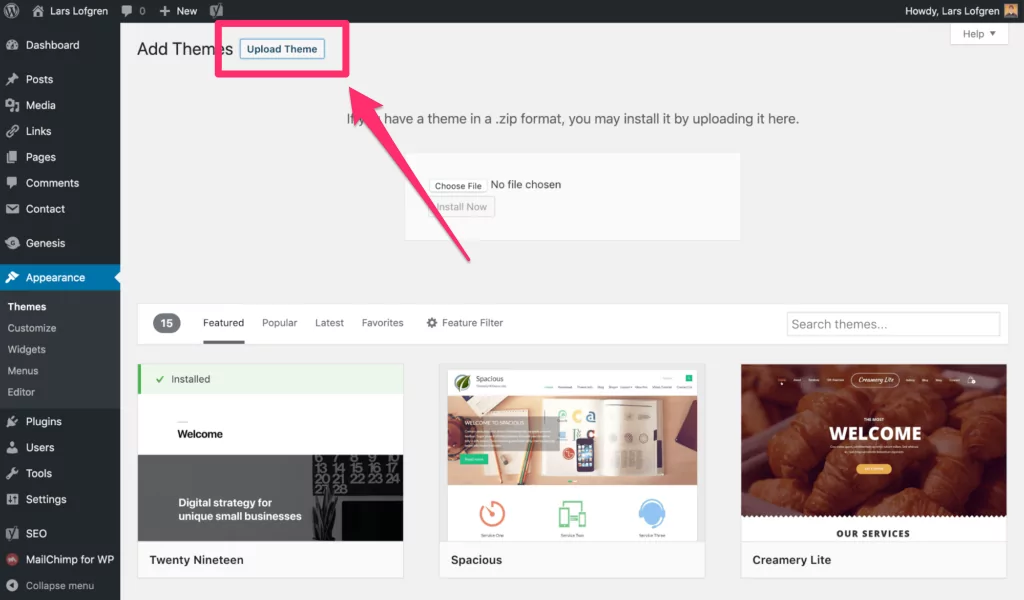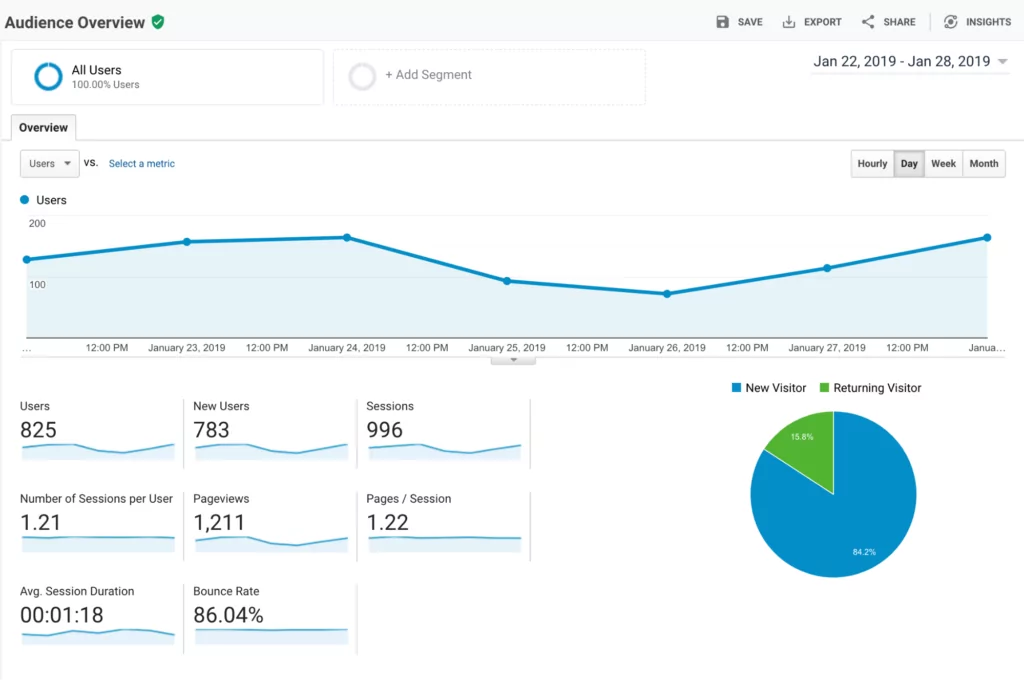Carefully raed the ten significant steps below:
Step 1: Find an awesome blogging niche.
It’s not really necessary to have a revolutionary idea to start a blog. However, your blog should be focused on a specific interesting money-making topic. You have unique experiences, a distinct tone, and a lively personality that will charm your readers. When deciding on a blog niche, there are key questions to consider.
1. Are you interested in the niche?
Sometimes when you read an article, you can tell if the author is passionate about the topic or if they don’t care about it. Whatever niche you choose, you must genuinely enjoy it and be naturally curious about it. Also, you’ll quickly run out of ideas if you don’t. Most importantly, you won’t be able to produce captivating and engaging content consistently. You’ll quickly get tired after two months of writing on a subject you don’t like.
If you’re passionate about a topic, you can spark your readers’ interest, too.
2. Is this niche interesting to other people?
You must also discover what other people are interested in. Otherwise, you might end up with a blog that doesn’t attract many readers.
For example, you might think that a blog about how wonderful your dog is fascinating — but is it likely to attract many readers?
But a blog about caring for dogs appeals to a much larger audience of readers.
Consider how you first became interested in the subject. How did you come to know so much about the subject? Consider how many questions and misunderstandings you had when you first started out and what helped you gain experience.
Here are a few popular categories that consistently perform well:
- Personal finance
- News
- Entertainment
- Sports
- Online business on the internet
- Investing/Productivity
- Freelancing
Step 2: Find a name for your new blog
Now for the fun part: finding a name. Your blog name and logo are how your users and future readers will remember you. Don’t overanalyze; every big brand you know today developed its magic over time. Even if you’re stuck, keep going.
The best way to come up with a blog name is to brainstorm. We addressed finding a blog niche and idea in the previous step. Now it’s time to put those ideas into words. So, get a spreadsheet or a piece of paper. Then write down every word that comes to mind for ten minutes. Combine words and phrases until something stands out. Write down 5–10 potential names. Those names should now be available as domains. A domain is your blog’s online home.
Use any domain checker. Enter each name one by one to see what’s available. After clicking the check availability button, you’ll see if the name you want is taken.
Keep trying names until you find a blog name you like. If none of your suggested names are available as a .com, go back to the drawing board.
Here are some additional domain name suggestions:
- When possible, use.com.
- Never use hyphens or numbers (words that sounds the same but are spelled differently).
- Keep it short and sweet.
- Simple to pronounce and remember.
- Simple words are better.
- When you find a name you like, click add it to your cart.
Avoid words with double meanings and slang. Check the Urban dictionary for your blog’s name before using it.
Read How to Come Up With а Blog Nаme: Tips, Ideаs аnd Exаmples
Step 3: Get your blog online
It’s now time to publish your blog. Don’t worry if it appears complicated at first. It’s a lot easier than it appears. You’ll need web hosting (where your blog lives) and a domain name (your blog’s address) to get started. The good news is that Hosting4africa offers both as a bundle. It’s also extremely affordable and easy to use.
Step 4: Install a CMS
Your website needs a content management system (CMS). This allows you to create and manage blog posts.
There are many CMS software online but we recommend WordPress. That’s because it’s easily one of the most powerful, easy-to-use, and customizable CMSs out there.
Because of how popular WordPress is, most web hosts like Hosting4africa offer a one-click install for WordPress. It’s super easy.
For a comple guide on how to Install Wordpress, Click here
Step 5: Pick an eye-catching WordPress theme
It’s very easy to change your site’s look and feel with WordPress. And the best part is that you don’t need coding. That’s because WordPress uses “themes.” These are little packages of code that can be swapped in and out. Whenever you change your theme, your website’s appearance will also change but your blog content stays the same.
This makes it very easy to evolve your site over time without having to rebuild your entire site from scratch. For now, you’ll need to pick your first WordPress theme. When picking a theme for any of your blogs, choose a mobile responsive WordPress theme.
If you want a wider selection of WordPress themes at standard prices, Themeforest is the most popular WordPress theme marketplace. You’ll find just about anything you want in its selection.
After you purchase your theme, log into your WordPress blog, go to the Theme section which is under Appearance in the WordPress sidebar menu. Then follow the instructions for adding the theme.

You’ll have to upload the theme files to WordPress and activate the theme from within WordPress. You can find the upload option by going to Themes > Add New, a button towards the top. Then you’ll see this option to upload:

You’ll be able to manage any themes you’ve uploaded to your WordPress blog from your Themes section:

Step 6: Install WordPress plugins

One of the best parts about WordPress is that it’s infinitely customizable. Since it’s open-source, you can change it to do whatever you want.
Step 7: Install Google Analytics
Google Analytics is a free website analytics tool from Google. It allows you to do things like:
- See how many people are visiting your website
- Find the demographic info of your visitors
- See what blog posts and pages are receiving the most visits
But it can get very complicated, very quickly. This is why we’re going to ignore the majority of what’s in Google Analytics for now. All you need to do is create a Google Analytics account and install it on your blog. And while there are plenty of good reasons to install Google Analytics, there are two big ones we’d point to First, Google Analytics stores your data over time. When you’re ready to dive in later, you’ll be thankful that you’ve been collecting data since the beginning. Second, it gives you an overview of your total traffic.

Seeing those first visitors come in will give you a huge motivation boost. Even if you only check Google Analytics to see your total traffic, it’s well worth the time it takes to set up.
Step 8: Pick a blogging frequency
Writing blog posts isn’t a sprint, it’s a marathon. The best bloggers settle into a consistent writing pace they can maintain for a few years.
Here are a few posting frequency rules of thumb:
- At the bare minimum, find a way to post once per week. This needs to be a substantial post, too: 2,500 words at least.
- Serious bloggers will post 3-4 times per week.
- Larger sites quickly get to 6-8 posts per week. This requires multiple authors.
Step 9: Build an audience
Having 1,000 true fans means you can fully support yourself. You can quit your job, work from wherever you like, and be in complete control of your life. With blogging, you’ll build your audience slowly and consistently. As long as you keep at it, you will get there.
Here’s what to focus on in order to get there faster:
- On every post, push on quality as hard as you can. Google the topic and see what other people have done, then ask yourself how you can write something even better.
- Write stuff that hasn’t been written many times already. Find a new point of view or perspective on your topics that other people haven’t already covered.
- Find your voice and be authentic so people can get to know you. This builds connections with your audience faster. A quick hack for this is to pretend that you’re writing your posts to a close friend.
- Allow your readers to comment. Disqus has a ton of users and allows readers to leave feedback, praise your post, or leave criticism for it. If you’re up to engaging your first core readers, leverage this to make a solid connection with them.
- To push even harder, get active in other online communities. Post in Facebook groups, subreddits, on Twitter, do podcast interviews, get speaking engagements when you can – anything and everything. Be as helpful as you can be in these communities.
- For all of your content, constantly ask yourself, “How can I make this as valuable as possible?
Step 10: Monetize your blog
The last step to starting a successful blog is by monetizing its content. As always, there are many ways to go about monetization including:
- Affiliate marketing
- Monetizing your blog with display ads
- Selling private ads
- Selling digital products
- Offering freelance services
- Receiving donations and Tips from readers
- Selling memberships to exclusive content
Conclusion
It’s simple to start a blog. Hard work, dedication, and grit are required to create one that will be successful and profitable.
The benefits, however, far outweigh the risks. Today, blogs are more affordable and accessible than they have ever been.
Of course, obstacles will try to throw you off course, just as they will in any other aspect of life. However, we encourage you to pursue your passion and share it on your blog.
Remember that you’re speaking to humans as you begin your blogging journey. Be yourself. Take a chance. Always be truthful and open. Then, your readers will trust you and consume your regular content.
How to start a blog: FAQ
How do I start a blog?
Set up a content management system (CMS) (such as WordPress), pick a design, write and publish your first post, and stick to a regular posting schedule.
What CMS are available for blogs?
WordPress, Tilda, Squarespace, and Wix.
What factors should I consider when naming my blog?
To make sure no one else has the same name as you, use free name generator tools like Namelix, check for available domains, check business records, and look on social media.
How do I make my blog search engine friendly (SEO)?
If you’re using WordPress, install Yoast’s SEO plugin, then set up Google Search Console and Bing Webmaster Tools, check your XML sitemap (Yoast can do this for you), and create permalinks.
How do I come up with ideas for blog posts?
Consider this: What excites my readers?
- What are the most common issues that my readers face?
- What character traits do my readers have?
- What do my niche readers adore?
- What is it about my niche that readers hate?
How do I make money from my blog?
Affiliate sales, ad revenue, product sales, and courses are all ways to make money.












No comments:
Post a Comment